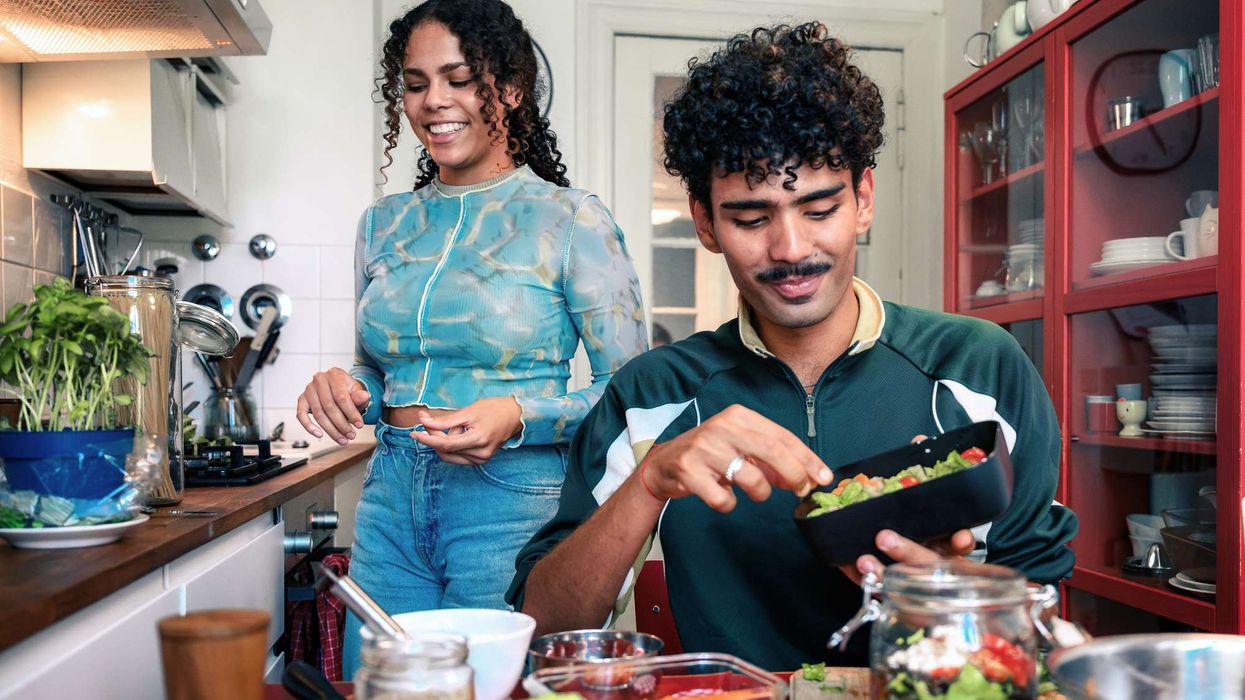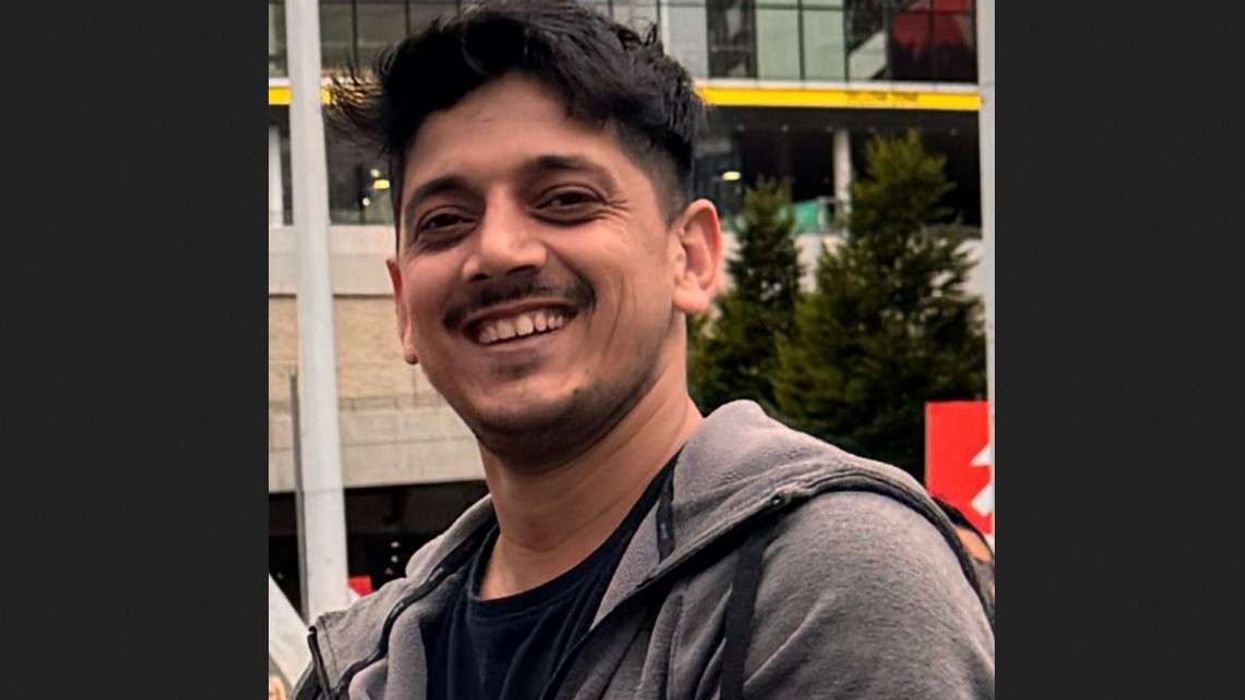AUTHOR'S UNIQUE BOOK FEATURES UPLIFTING LIFE STORIES OF PEOPLE WITH LEARNING DISABILITIES
by MITA MISTRY
EVERYONE is seeking some sort of inspiration during the difficult times we are all living in and one great place to find it is in new book Made Possible: Stories of success by people with learning disabilities – in their own words.
The uplifting collection of stories have been edited by talented writer Saba Salman and offer up a great message of anything being possible, even during challenging times. She has combined her passion for writing with working alongside charities pushing for equality and supporting siblings of disabled children and adults for a unique book of inspiring stories.
Eastern Eye caught up with Saba Salman to talk about writing, her new book and important messages contained in it.
What first connected you to writing?
Reading, essentially. When I was a child, books transported me to another place and let me see, the world from someone else’s perspective – they still do. I also had some great English teachers at school, who encouraged me to write.
What do you love about being a writer?
Apart from the fact that being a writer has given me the chance to meet and work with some incredible people, I love coming up with an idea and seeing the story take shape. It’s been mind-blowing to see Made Possible, something that’s lived in my mind for so long, finally end up out there in the world. I also like the challenge of telling a story that might feel hard to write and I love coming up with new ways to tell stories.
What led you towards your new book Made Possible?
My youngest sister, Raana, is the reason for Made Possible. Raana has the learning disability fragile x syndrome and when she was younger, she wasn’t really asked what she wanted to do or be when she was older – unlike me and our other sister. It was like success didn’t apply to her and I wanted to challenge the negative assumptions that mean people like Raana are usually seen as ‘vulnerable’ or are patronised.
Tell us about the book?
The stories of success in Made Possible are funny, shocking, fast-moving, powerful and incredibly moving, but ultimately, each one is so uplifting. The book features life stories from people who’ve had huge success in everything, from acting to film, music, sport, art, campaigning and politics, and it’s the kind of feel good read we need right now. Success is such a crucial part of being human and Made Possible shows that if we don’t extend that concept to everyone, then we fail to see people like Raana as fully human.
How did you find the stories?
I knew a few of the book’s contributors through my work as a journalist and the others I’d heard of, and approached through my contacts.
Who are you hoping connects with these stories?
Made Possible is for anyone who wants an eye-opening, joyful, positive read and for anyone who’s into thought-provoking books. It’s essentially a book for anyone interested in our fellow humans and in what makes us all tick.
What was the experience of finding and editing these stories?
One of the best things about working on Made Possible was the process of collaborating and working with my contributors to get their stories down. It was a complete joy.
Is there any one story you love the most in your book?
I love seeing my sister’s words in print and knowing people will find out more about her life and personality. I really can’t pick a single story because they’re all so powerful. Lots of readers have said they love the energy and honesty in human rights campaigner Shaun Webster’s story, and how he’s proved his critics and bullies wrong. I’ve also had some amazing comments about singer Lizzie Emeh’s chapter where she describes her talent and how she makes music. The story from athlete Dan Pepper is just so inspirational too.
Did you learn anything new while putting this book together?
Although this wasn’t a revelation because my sister loves making people laugh, working on the book reinforced to me how much we underestimate the fact that learning disabled people have fun. When we see disability in the news, it’s largely negative; so Made Possible is a reminder that’s there’s fun and good humour there too. I think I’d also underestimated the strength and resilience that the book’s storytellers have; the book really brings out people’s determination.
What are key messages you hope people will take away from this book?
Before any message, I hope anyone who picks up Made Possible simply loves reading it because the stories are funny and beautifully engaging. The book’s main aim though is to show that everyone has potential and we all have value. Made Possible is a book about equality with a simple argument at its core – a person with a learning disability is a person first.
What can we expect next from you?
I’m always working on new articles, and there are a couple of ideas for another book that I’m currently exploring.
What inspires you as a writer?
For me it’s always been about people and stories, and especially people whose stories you don’t usually hear.
What kind of books do you enjoy and do you have a favourite?
I love both non-fiction and fiction, anything that’s written in an engaging way with fascinating character and that offers a different perspective. So I’ve just finished the eye-opening In Her Room by James Cook, which is a book about a father’s relationship with his autistic daughter. For fiction, I’ve just re-read the incredible Margaret Attwood’s The Handmaid's Tale. I read it years ago but I wanted to remind myself of it before starting the sequel, The Testaments.
What according to you makes for a good story?
It’s the same thing that inspires my writing, so it’s a story that makes me think or rethink and takes me out of my comfort zone. A good story is something that opens my eyes to something or someone without feeling I’ve been preached at and gives you a fresh take on the world.
Why should we pick up your new book Made Possible?
Because there’s nothing else like Made Possible out there. It will inspire you, make you laugh, maybe cry – in a good way – and make you think twice about the idea of success. It’ll open your eyes to a brand new perspective and leave you feeling more positive about life.
Made Possible: Stories of success by people with learning disabilities – in their own words is out now.
Visit www.sabasalman.com & Twitter: @Saba_Salman





 Mareyah Bhatti , a sustainability strategist and passionate home cookMareyah Bhatti
Mareyah Bhatti , a sustainability strategist and passionate home cookMareyah Bhatti






